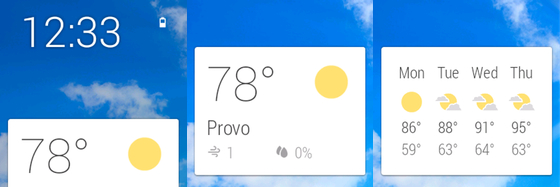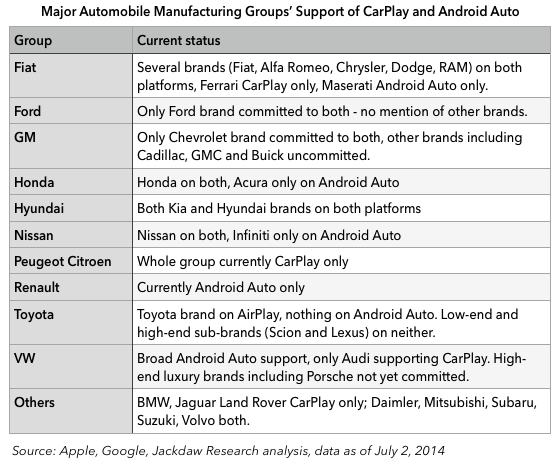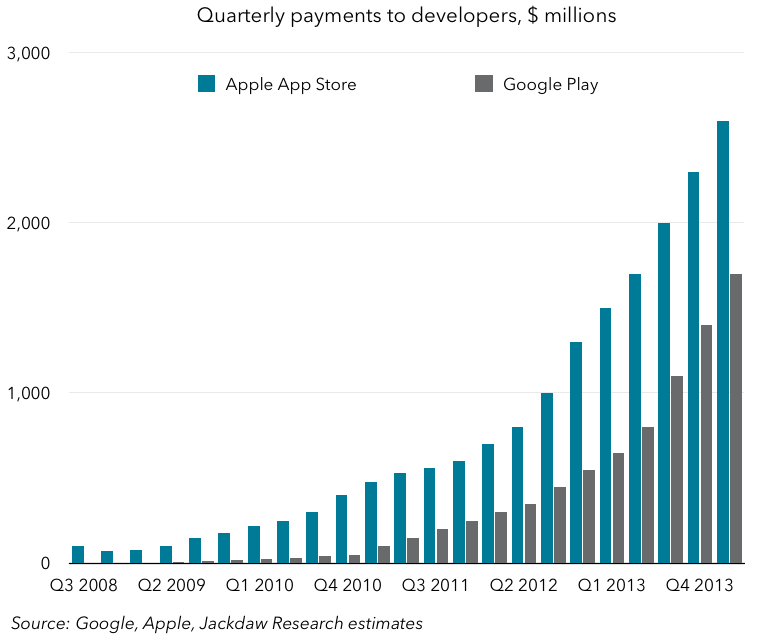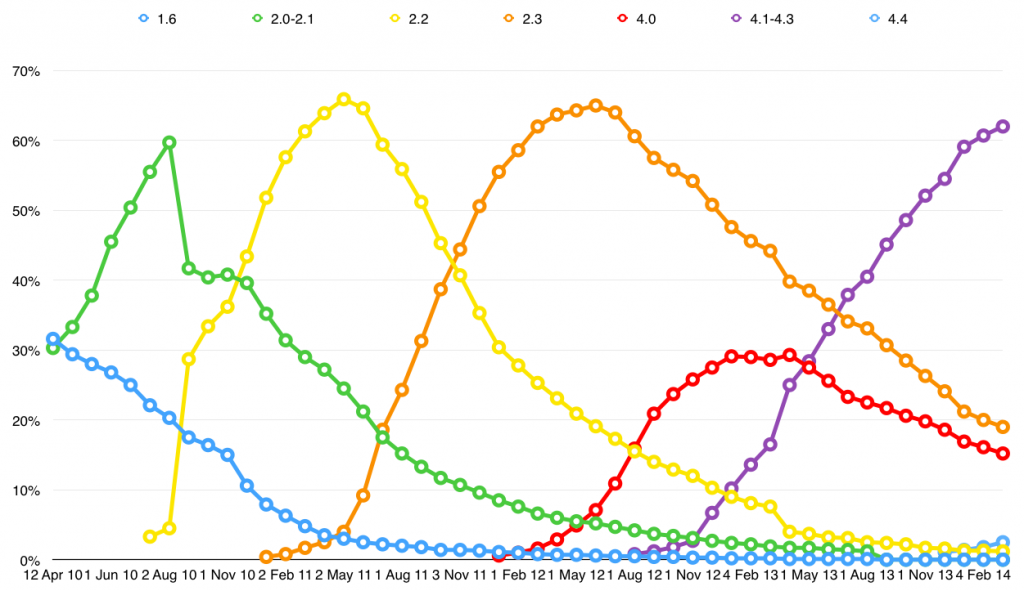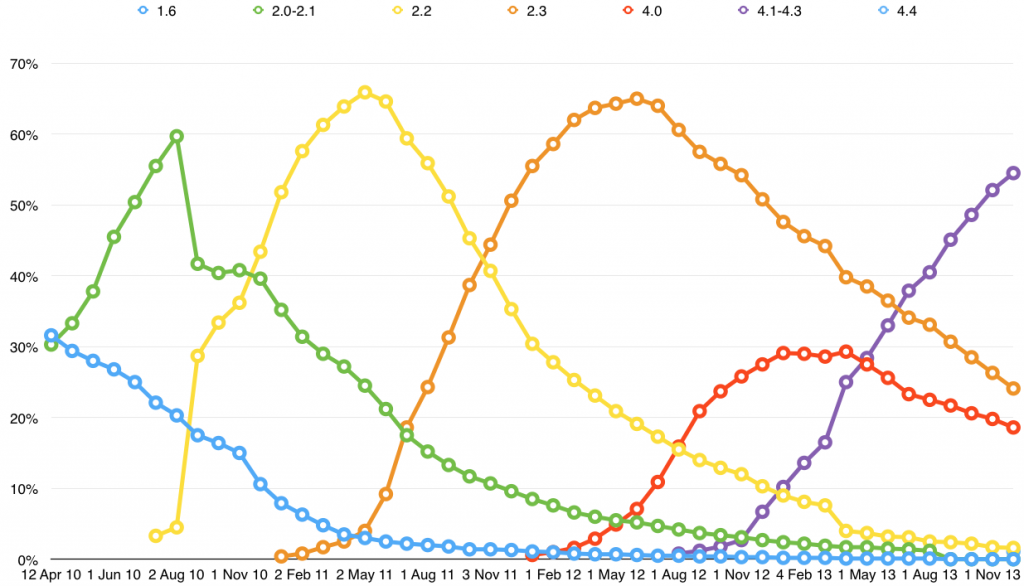SamMobile reported last night that Samsung was planning to pre-install a number of Microsoft applications on the Galaxy S6, which is to be announced in a few weeks at Mobile World Congress. I think this is a huge boost for Microsoft’s Android apps and for the services behind them – far bigger than the applications that come pre-installed with Microsoft’s own devices, obviously. To get on Samsung’s flagship device (presumably others will follow) is a huge coup for Microsoft. But it’s also a big deal for Samsung, which has until now been pre-installing ersatz versions of Microsoft apps on its devices for productivity.
But what I really wanted to talk about here was what this says about Microsoft’s broader strategy, and what it might mean for the rumored investment Microsoft is making in Cyanogen. Nokia, of course, forked Android itself using AOSP when it created the Nokia X line of smartphones shortly before the Microsoft acquisition was announced, but it was killed off right after Microsoft took control. So rumors of an investment in yet another Android fork seem funny – was Microsoft hedging its bets on Windows Phone and preparing another Android-based device line?
I think the much more likely explanation is that Cyanogen and Microsoft are planning something rather different, something much more along the lines of that Samsung deal. Cyanogen’s biggest weakness is that it’s missing all the Google apps and services that you sacrifice when you use AOSP. The challenge for any company doing this outside of China has always been what to replace them with. Inside China, it’s simple, because Google’s own services are largely irrelevant and local alternatives are actually better. But outside China, Amazon and others have struggled to provide really compelling replacements. The two companies that have comprehensive sets of services and applications that can replace Google’s today are, of course, Apple and Microsoft. Apple’s are (today) unique to its own products and platforms, but Microsoft is increasingly pursuing a cross-device strategy. Hence its investment in Cyanogen.
I wouldn’t be at all surprised if at least some flavor of Cyanogen devices in future come with Microsoft apps and services where the Google ones would normally be. We won’t see Microsoft launching another Android-based line of devices, but rather an Android-based line of devices that puts Microsoft’s services and apps front and center. That, after all, is the real goal here: getting Microsoft’s services in front of as many customers as possible, integrated into the platform in a way that makes them the default options for key tasks, and which provides benefits across the platform. Windows Phone has been the only platform where that’s been true, but Cyanogen could easily become a second. Quite what Cyanogen’s current customer base would make of that is unclear, but then Cyanogen’s future depends on broadening its appeal way beyond the hackers and tinkerers who flash alternative ROMs on their Android devices, and Microsoft could be a great fit there.
Both these deals – Samsung and Cyanogen – are good for both parties. Samsung and Cyanogen both need compelling apps to set their platforms apart, while Microsoft badly needs the broader exposure it will get from being pre-installed on these devices.

